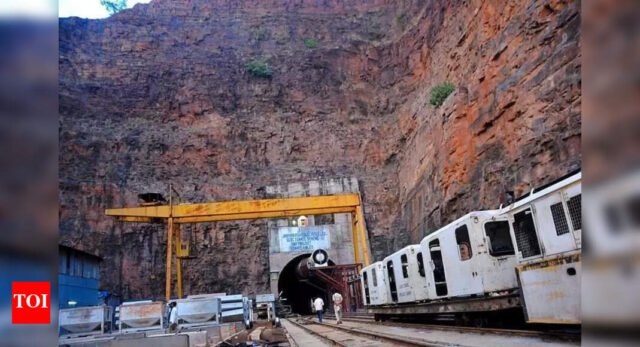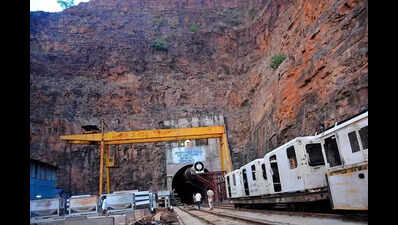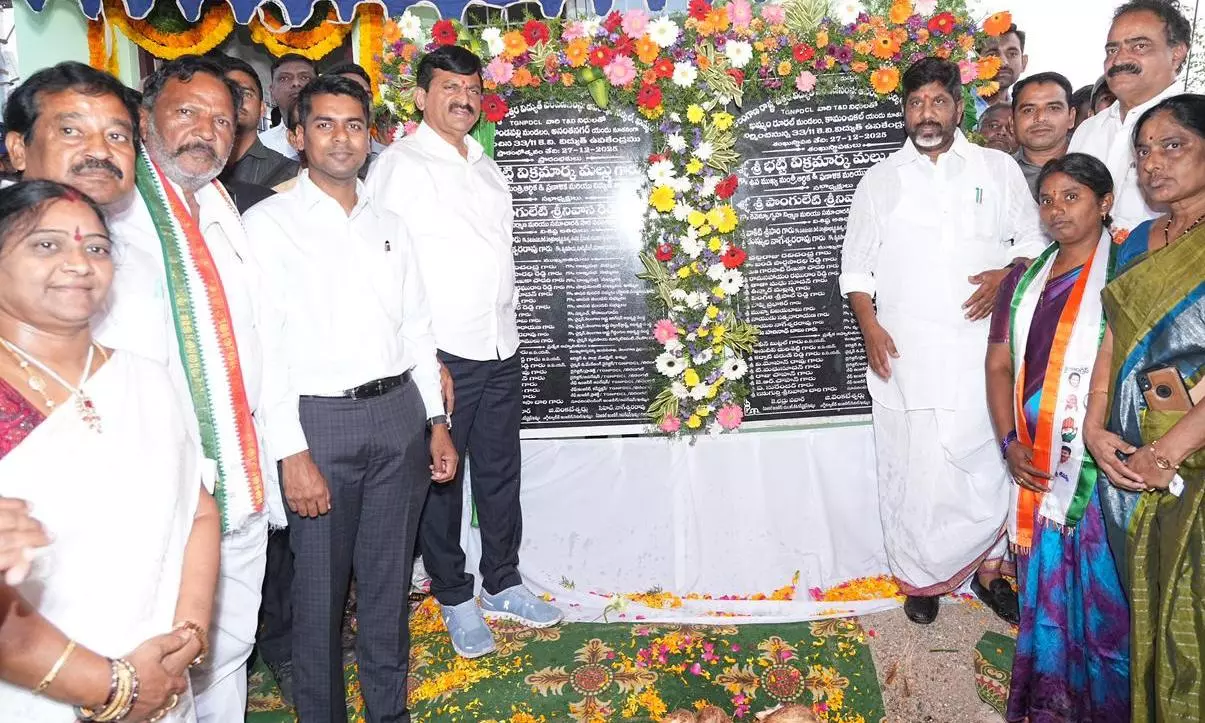Hyderabad: The Telangana govt has decided to resume work on the Srisailam Left Bank Canal (SLBC), which was halted in Feb following the collapse of the tunnel roof, using the drill and controlled blast (D&B) method on both ends of the project. The roof collapse incident claimed the lives of eight people, with the bodies of six yet to be retrieved.Of the total 44 km SLBC tunnel, approximately 14 km of work had been completed from the Domalapenta end, where the roof collapse occurred, and 21 km of work had been completed from the Dindi side. The remaining stretch to be completed is about 9 km. The govt used a Tunnel Boring Machine (TBM) on both ends to excavate the tunnel, which is meant to supply water for fluoride and drought-prone areas of Nalgonda and other surrounding regions.“After exploring multiple options, the technical committee on SLBC recommended that the drill and blast (D&B) method be used for the remaining work. With this, the work can be completed without any major hurdles. It is also more flexible and cost-effective. In a controlled blast, the rock and other conditions can be assessed beforehand,” Col Parikshit Mehra, a tunnel expert from Border Road Organisation, who is overseeing the SLBC tunnelling works, told TOI. The state govt roped him on deputation from the ministry of defence exclusively for the SLBC works.Stating that the groundwork has already begun, he said that D&B operations would begin in another two months, and the tunnel work is expected to be completed in two and a half years. Apart from the D&B method, the new Austrian Tunnelling Method will be used to assess the ground situation while carrying out the works in the tunnel. Officials estimate that the drill and blast method would cost Rs 100 crore per km, i.e, around Rs 900 crore for the remaining stretch. However, for TBM, the total cost would be around Rs 2,000 crore, which is almost double.As the govt has decided to use the D&B method to dig the tunnel, the govt has decided to dismantle the TBM machine located towards the Dindi end. The TBM machine on the Domalapenta end was completely damaged during the roof collapse and was removed as part of the rescue operations. Meanwhile, the tunnel work will now be rerouted in a U-shape from the left side of the existing tunnel, starting 100 metres behind the collapsed section.







